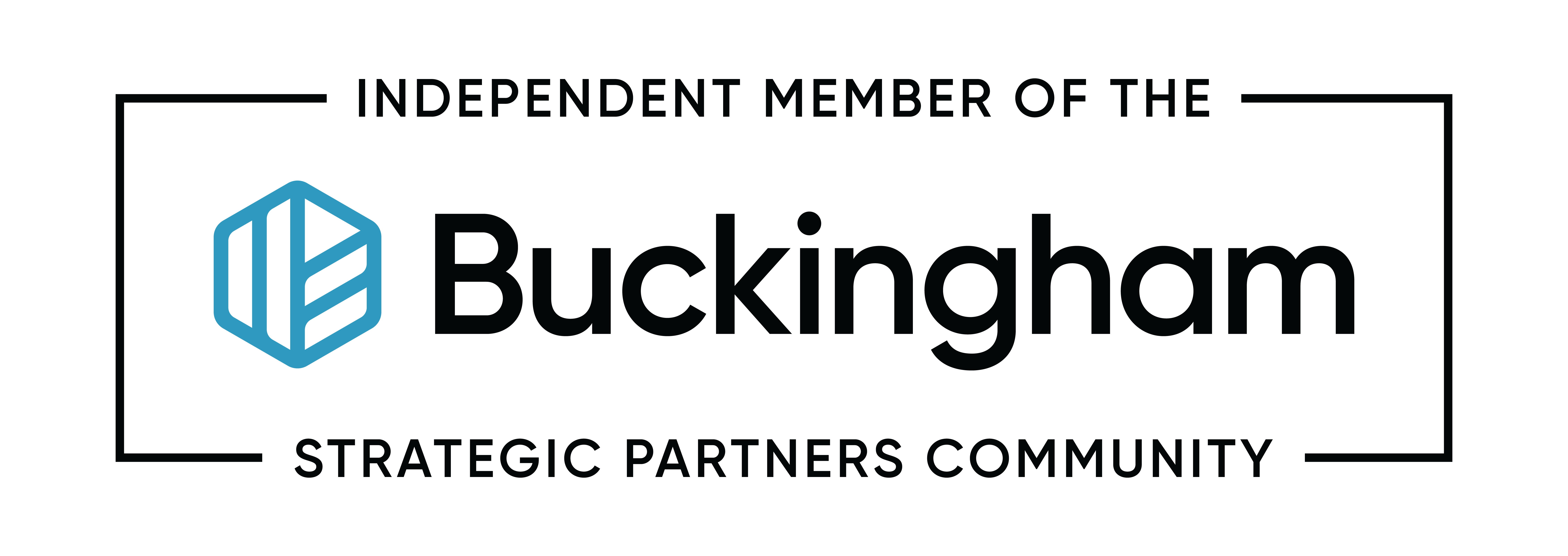One of the ongoing debates in Washington—whether under Trump, Biden, or any administration—is the role of the Federal Reserve (the Fed) and its influence on interest rates. It’s easy to get caught up in political theater and rate predictions, but for investors and savers, it’s more important to understand how Fed policy actually impacts your financial life.
While the Fed doesn’t control every interest rate directly, its decisions on the federal funds rate—the rate at which banks lend to one another overnight—do ripple through the broader economy. This benchmark influences a range of consumer borrowing costs, including:
- Auto loans
- Credit Card APRs
- Student Loans
- Mortgage Rates
When the Fed raises rates, borrowing generally becomes more expensive. That can slow consumer spending and business investment, which in turn can affect company earnings and stock prices. On the flip side, savers tend to benefit, as banks may offer higher yields on savings accounts, CDs, Treasury bills, and other short-term instruments.
The bond market also reacts to interest rate changes, and this is where things can get tricky. Bond prices move inversely with interest rates: when rates go up, the value of existing bonds (issued at lower rates) tends to go down. This is known as interest rate risk, and it hit many investors hard in 2022 when rates rose sharply and longer-duration bonds lost significant value.
That’s why we continue to emphasize fundamentals: avoid trying to time rate moves, and instead focus on maintaining a well-diversified portfolio. For most investors, that means holding a mix of equities and shorter- to intermediate-term bonds aligned with your time horizon and risk tolerance. Manage your debt carefully, and resist the urge to overreact to headlines. The Fed’s actions are worth paying attention to—but they’re just one piece of the bigger financial puzzle.
[Original article source: American Century Investments – “How the Federal Reserve Affects Your Money.”]

